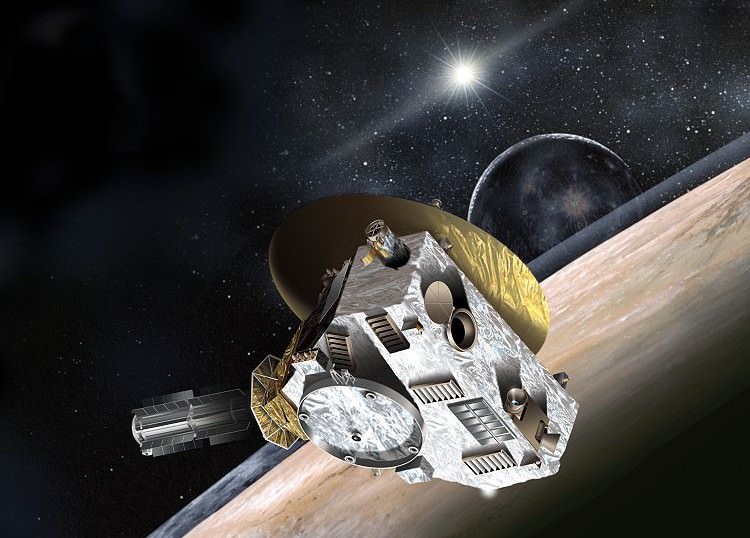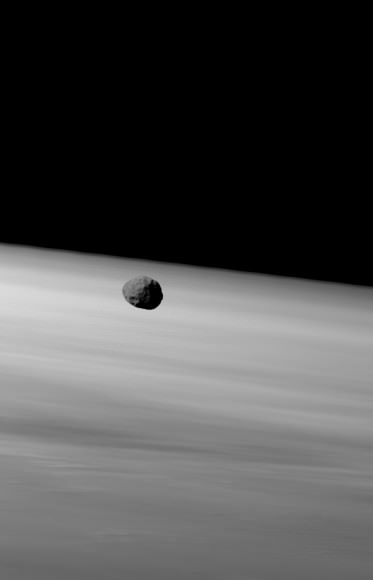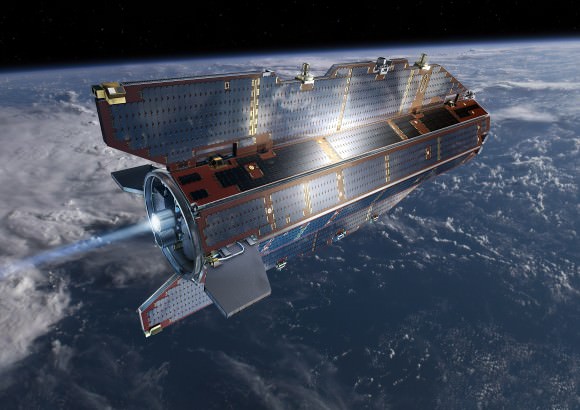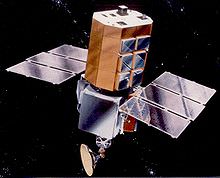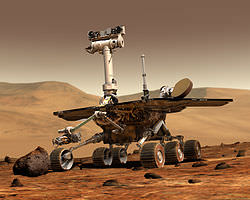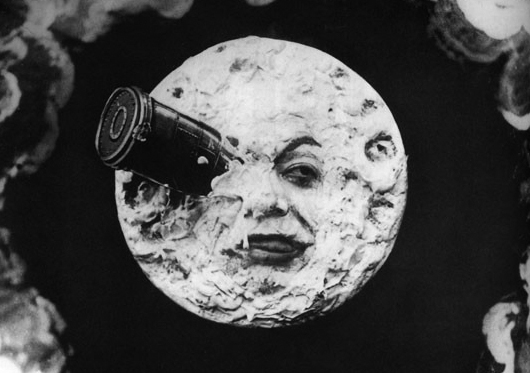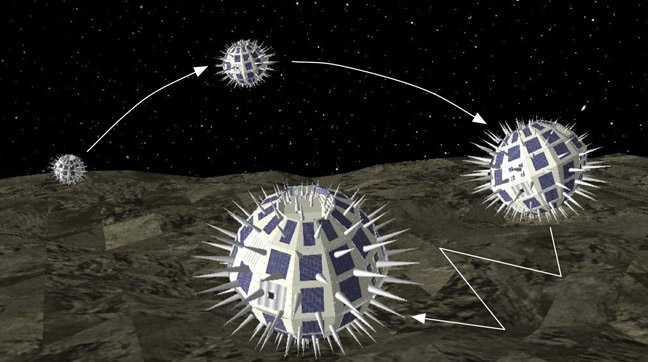While many kids in the U.S. are starting their school summer vacations, New Horizons is about to get back to work! Speeding along on its way to Pluto the spacecraft has just woken up from hibernation, a nap it began five months (and 100 million miles) ago.
The next time New Horizons awakens from hibernation in December, it will be beginning its actual and long-awaited encounter with Pluto! But first the spacecraft and its team have a busy and exciting summer ahead.

After an in-depth checkout of its onboard systems and instruments, the New Horizons team will “track the spacecraft to refine its orbit, do a host of instrument calibrations needed before encounter, carry out a small but important course correction, and gather some cruise science,” according to principal investigator Alan Stern in his June 11 update, aptly titled “Childhood’s End.”
What’ll be particularly exciting for us space fans is an animation of Pluto and Charon in motion around each other, to be made from new observations to be acquired in July. Because of New Horizons’ position, the view will be from a perspective not possible from Earth.
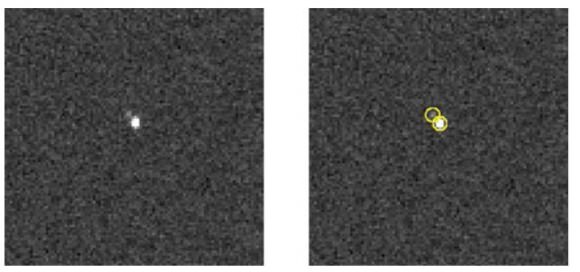
The next major milestone for New Horizons will be its crossing of Neptune’s orbit on August 25. (This just happens to fall on the 25th anniversary of Voyager 2’s closest approach in 1989.) “After that,” Stern says, “we’ll be in ‘Pluto space!'”
Read more: An Ocean on Pluto’s Moon?
Launched on Jan. 19, 2006, New Horizons will make its closest approach to Pluto on July 14, 2015 at 11:49 UTC. Traveling nearly 35,000 mph (55,500 km/h) it’s one of the fastest vehicles ever built, moving almost 20 times faster than a bullet.
Read more from Alan Stern in his latest “PI Perspective” article on the New Horizons web site here, and check out NASA’s mission page here for the latest news as well.
“There is a lot to tell you about over the next 12 weeks, and this is just the warm-up act. Showtime — the start of the encounter — begins in just six months. This is what New Horizons was built for, and what we came to do. In a very real sense, the mission is emerging into its prime.”
– Alan Stern, New Horizons principal investigator
Also, check out a video on Pluto and the New Horizons mission here.

